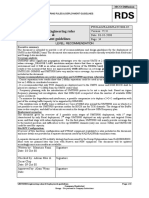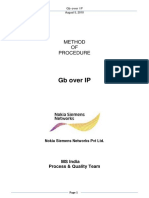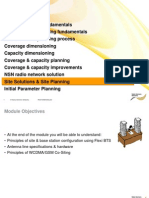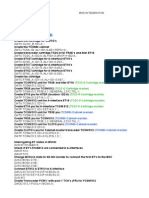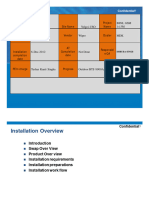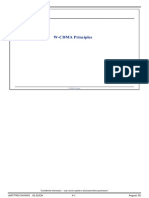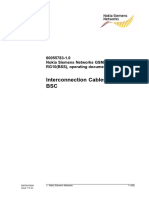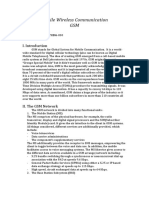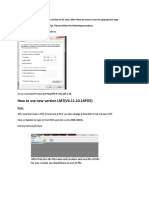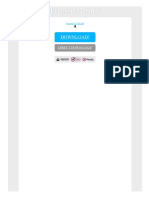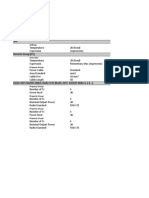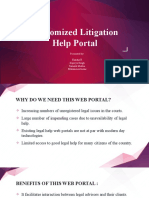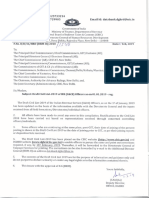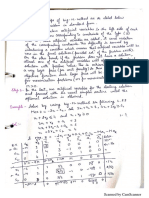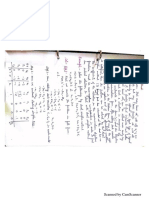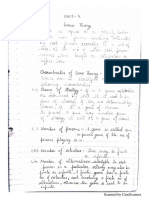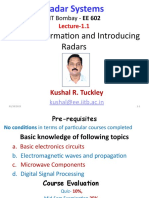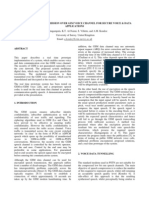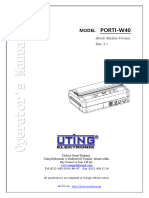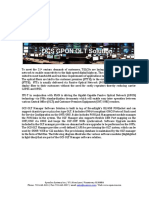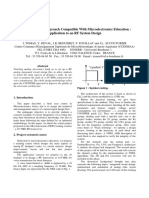0% found this document useful (0 votes)
122 views10 pagesTopic-Mobile Communication: Questions
This document contains questions and answers related to mobile communication, telecom switching, routing protocols, and data communication theory. It includes multiple choice questions about 4G communication systems, the disadvantages of 3G that led to 4G, how space time coding increases efficiency in MIMO systems, characteristics of 4G networks, components that support call switching, traffic density units, routing loop prevention methods, and examples of metropolitan area networks.
Uploaded by
Supriya SinghCopyright
© © All Rights Reserved
We take content rights seriously. If you suspect this is your content, claim it here.
Available Formats
Download as RTF, PDF, TXT or read online on Scribd
0% found this document useful (0 votes)
122 views10 pagesTopic-Mobile Communication: Questions
This document contains questions and answers related to mobile communication, telecom switching, routing protocols, and data communication theory. It includes multiple choice questions about 4G communication systems, the disadvantages of 3G that led to 4G, how space time coding increases efficiency in MIMO systems, characteristics of 4G networks, components that support call switching, traffic density units, routing loop prevention methods, and examples of metropolitan area networks.
Uploaded by
Supriya SinghCopyright
© © All Rights Reserved
We take content rights seriously. If you suspect this is your content, claim it here.
Available Formats
Download as RTF, PDF, TXT or read online on Scribd
/ 10





